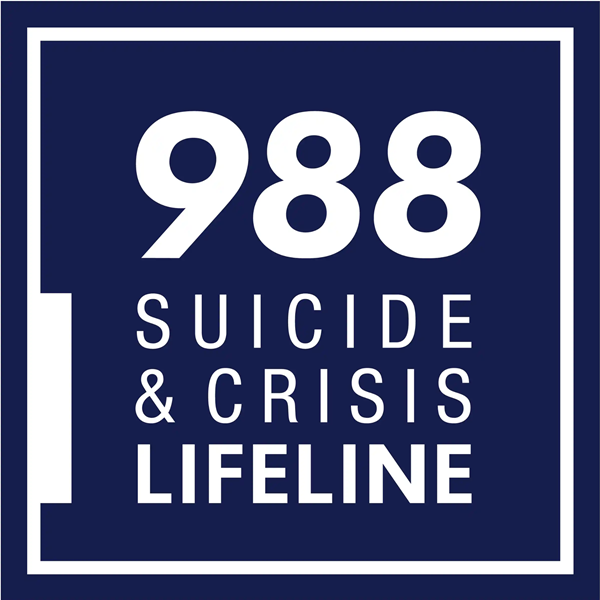Opioid Safety
Opioids are a class of controlled drugs naturally found in opium poppy plants. Some prescription opioids come from the plant directly, while scientists in labs make others. They contain chemicals that relax the body and doctors prescribe them to assist patients with moderate to severe pain.
Everyone who takes opioids is at risk for opioid poisoning, or overdose. Even if taken as prescribed, you should take appropriate precautions. If you have pain and your doctor prescribes opioids, there are things you can do to prevent overdose. Work with your doctor to create a plan. Know your options and consider ways you can manage pain without an opioid.
Opioids can be highly addictive. Work with your doctor on a plan to take opioids safely and to taper off opioids when possible.
Opioids cause drowsiness. Don’t mix alcohol or street drugs with your opioid medication. Make sure you read the information handout included with your prescription.
Talk to your medical provider about ways to manage pain that don't include prescription opioids. Other methods may work better – with fewer side effects and risks. Depending on your situation, options may include:
- Acetaminophen or ibuprofen
- Exercise therapy
- Cognitive behavioral therapy, which can help you learn how to modify physical, behavioral, and emotional triggers of pain and stress
Common Prescription Opioids
Heroin is one of the world’s most dangerous opioids, but medicine in the United States would never use it. Common generic prescriptions include:
- Hydrocodone
- Oxycodone
- Oxymorphone
- Morphine
- Codeine
- Fentanyl
- Methadone
NaloxoneNaloxone is a medication that can rapidly reverse an opioid overdose. It’s available to all beneficiaries for free without a prescription.
Just as people with asthma carry an inhaler, patients taking opioids need to carry naloxone. Naloxone (brand name: Narcan) is a medication that temporarily reverses the effects of an opioid overdose.
Someone else has to administer this medication to the person experiencing an overdose. Be sure to tell your family members and friends where you keep your naloxone. And teach them how to use it.
You can request a prescription for naloxone from your provider or pharmacist. Your provider or pharmacist will discuss the importance of naloxone with you and provide a prescription.
In Case of Opioid Poisoning (Overdose)
Check Responsiveness
Look for any of the following:
- No response even if you shake them, say their name, or do a sternal rub (rub your knuckles on their breastbone)
- Breathing slows or stops
- Lips and fingernails turn blue or gray
- Skin gets pale or clammy
Call 911 and Give Naloxone
- If no reaction in 2-3 minutes, give second naloxone dose in the other nostril (medication comes in packs of two).
- This nasal spray needs no assembly and can be sprayed up one nostril by pushing the plunger.
- Do not test the device – each device can only be used once.
Follow 911 dispatcher instructions. The dispatcher may provide instructions for rescue breathing and/or CPR. If you use naloxone, follow up with your provider.
Stay with the Person until Help Arrives
You should always stay with the person until help arrives so you can pass along any important information to first responders.
Opioid Disposal
You may receive a prescription for a specific amount of opioid medicine for a limited amount of time to control your pain. Always take your opioid medication according to the directions. Don’t take extra doses of the medication. Let your provider know what other medications you’re taking. For the safest care while taking opioids, make every effort to remain in the care of one provider.
When you don’t need unused pills or have an expired prescription, make sure you give them to an official drug take-back program to protect you, your family, and your community.
The MHS Drug Take-Back Program is available at all military pharmacies in the United States and its territories. The program accepts the following items:
- Both prescription and over-the-counter drugs
- Pills, tablets, capsules
- Ointments
- Creams
- Lotions
- Powders
- No more than 4 oz. for liquid medicines
You may take a mail-in envelope from the pharmacy or drop prescription drugs onsite in secure bins. Find out which collection option you can use at your military hospital or clinic.
Other community-sponsored drug take-back events can also accept drugs. But pharmacists and other pharmacy staff can’t accept drugs from a patient for disposal per DEA rules.
Last Updated 9/11/2023


